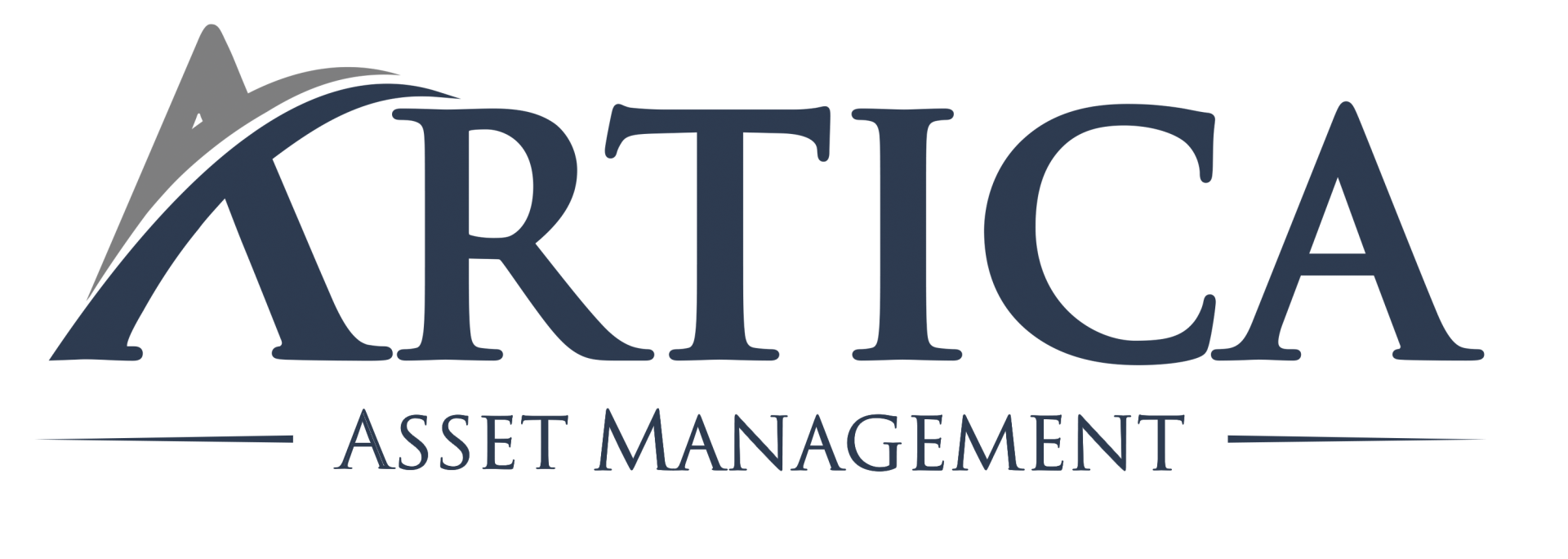Dear investors, Considering that many usually take at least a few days of vacation in December and/or January, we dedicate this month's letter to the suggestion of five books related to the topic of investments. These are books that we like a lot, but maybe they are not so well known to the public. It is important to note that we read these books in the original English. Some of them are available in Portuguese, and we will refer to their title in Brazil, but we cannot comment on the quality of the translation.
Whether you are a seasoned investor or just starting out, we believe the above books will provide valuable lessons with a healthy dose of fun. Without further ado, happy reading!
“In my whole life, I have known no wise people (over a broad subject matter area) who didn't read all the time — none, zero.” Charlie Munger
- A Man for All Markets: From Las Vegas to Wall Street, How I Beat the Dealer and the Market Fascinating autobiography by Edward O. Thorp, a genius who left a poor childhood to excel in several areas of human knowledge: mathematics, computing and finance. In 1962, then 30 years old, Thorp published the book “Beat the Dealer”, in which he mathematically proved that the house advantage in blackjack could be overcome by counting cards, based on his studies as a professor at MIT. Not only did he prove it, he made money in casinos applying his theory. As part of his research into gambling, Thorp helped develop the world's first "wearable computer" (part hidden in a shoe and part in a pack of cigarettes), which he used to estimate the number drawn by roulette and with that win the casinos also in this game. The inspiration for this came from the observation that the little ball spinning on a roulette wheel looks like the planetary system – if we can predict the trajectory of the planets, why not that of the roulette ball? Gradually moving away from the academic world, Thorp began to use his advanced knowledge of probability and statistics in the financial market, discovering and exploiting various price anomalies in the capital market, such as in option pricing - at the same time as Black and Scholes carried out their research for which they received the Nobel Prize in Economics. It can be said that he was the creator of the first market neutral hedge fund¹ in the world, and has achieved an average annual return of more than 20% per year for more than 30 years. The book is highly engaging - great read for an afternoon at the beach! In English: A man for any market
- You Can be a Stock Market Genius Ignore the ridiculous title - this is a fantastic book! It is not a basic book for beginners, as it assumes that the reader already has some knowledge (and practice) about investments, but with light writing and even funny in some parts. He focuses primarily on investment based on events or “special situations” such as spinoffs, corporate restructurings, etc. The book stands out for the wealth of details of the cases discussed, and for the practical application of the knowledge presented, unlike other books that tend to be more abstract (the book “The most important thing” itself would be a typical example of the investment literature ). To illustrate, it is worth briefly quoting the Sears case described in the book: In 1992 Sears announced that it would sell 20% from two of its subsidiaries (Allstate Insurance and Dean Witter) to the public. At a later date, it would distribute the remaining 80% to its shareholders. Prior to distribution, 1 share of Sears traded at $ 54, and entitled to receive 1 share of Allstate (which was listed on $26) and 0.4 share of Dean Witter (listed on 1TP4Q15). Greenblatt shows the simple math he did to arrive at the conclusion that the market was valuing Sears' core business at $5, while clearly it could be worth $15 or $ 20! More interestingly, it explains why these partial spin-off situations are more likely to offer highly profitable investment opportunities. The author, Joel Greenblatt, started his hedge fund alone when he was 28 years old. In the first 10 years he obtained an average gross return of 50% per year (!!), and net of management and performance fees, greater than 30%. After this period, and having already built up a voluminous personal equity, Greenblatt returned all the investors' money and dedicated himself only to managing their resources and started to teach Value Investing at the MBA at Columbia University, in New York.
- Margin of Safety Books published by large investors are usually written after a successful trajectory. In the case of Margin of Safety, Seth Klarman was at the beginning of his career at the Baupost Group when he decided to write the book. It was published in 1991, when Seth had been working for just over 7 years at the investment manager, and initially sold only 5,000 copies (at USD 25 each), being considered a publishing failure at the time. Klarman was undeterred, and by applying the principles described in the book he became a successful investor, producing a return close to 20% per year since the beginning of his career and amassing a personal net worth of USD 1.5 billion. Because of his extremely private profile, Klarman has been described by the New York Times as "probably the most successful and influential investor you've never heard of." Due to his successful trajectory developed after the publication of the book, attention turned to his teachings compiled when he was still a “beginner”. As Klarman was never interested in 1 In his investment philosophy, Thorpe combined long (long) and short (short) positions to take advantage of relative price anomalies and mitigate market exposure. This way, your fund could make money regardless of the direction (high or low) of the stock market and markets in general. University libraries report the book as having one of the longest waiting lists, and also as being one of the most reported books as "lost" by students who check it out. We could summarize Margin of Safety as “avoiding losses should be the main objective of every investor. The way to avoid losses is to invest with a significant margin of safety. A safety margin is needed because valuation is an imprecise art, the future is unpredictable, and investors are human and make mistakes.” However, the greatest wealth of the book lies in the practical discussions about the difficulty of making the right decision about the portfolio and the moment of sale, in view of the human biases and pressure for short-term returns that we end up suffering.
- Algorithms to Live By: The Computer Science of Human Decisions An amazing book, to be read and reread. Authors Brian Christian, computer scientist, and Tom Griffiths, professor of psychology and cognitive science, aim to show how simple algorithms, originally developed to solve computer science problems, can be applied to help us solve practical questions in our daily: • when purchasing a home, how many alternatives should you visit before making the “optimal” decision for the best purchase? Answer: To maximize the likelihood of choosing the best home possible, dedicate 37% of your search time to see what's out there, with no commitments, (say, if you plan to buy in the next 3 months, dedicate just over 1 month to explore) but be prepared to accept the first quality offer that matches or exceeds what you've already seen once you exceed this time. Other curious questions are: • when to try a new restaurant that has opened, and when to decide to go back to your favorite • the issue of “data overfitting” – don't overcomplicate a problem. In times of “big data”, the authors criticize the practice of “data idolatry”: a complex model may well lead to less precision instead of more • what is the acceptable “degree of mess” on your work desk? What's the easiest way to find your notes? Is it worth spending time organizing paperwork? His writing style is easy to read and funny, detailed enough that the reader can get a good understanding of the content without being too technical and mathematical. At the end of the day, the book helps us think about how to make better decisions by recognizing our cognitive limitations and biases – something fundamental in investment management. In English: Algorithms for Living – The Exact Science of Human Decisions
- The Most Important Thing: Uncommon Sense for the Thoughtful Investor This book distills the knowledge produced by Howard Marks throughout his highly successful career as an investor. Marks founded Oaktree Capital Management in 1985, and today his investment firm is the largest global manager focusing on distressed assets, with USD 125 billion in assets under management. His customer memos, sent periodically for more than four decades, have been distinguished by the depth and originality of their insights, written in a concise and frank manner. Warren Buffett has said that these memos are the first thing he opens and reads whenever he receives them. As an example of his style, we highlight a paragraph from a letter sent in 1990: Simply put (…) in equities, if you can avoid losers (and losing years), the winners will take care of themselves. I believe most strongly that this holds true in my group's opportunistic niches as well — that the best foundation for above-average long term performance is an absence of disasters. It is for this reason that a quest for consistency and protection, not single-year greatness, is a common thread underlying all of our investment products. “The Most Important Thing” is a fascinating collection of essays by Howard Marks on investment philosophy. Structured in 20 chapters, it resumes the principles that should be basic to any investor, but which are often imprudently ignored in the search for easy and quick gains. It is worth mentioning that Marks writes as an investor who started “from scratch” and accumulated an estimated fortune of USD 2.5 billion, delivering an average return of over 17% per year for several decades. A translation of the book will be released on December 15th of this year with the title in Portuguese: “The Most Important for the Investor: Lessons from a financial market genius”
Whether you are a seasoned investor or just starting out, we believe the above books will provide valuable lessons with a healthy dose of fun. Without further ado, happy reading!


